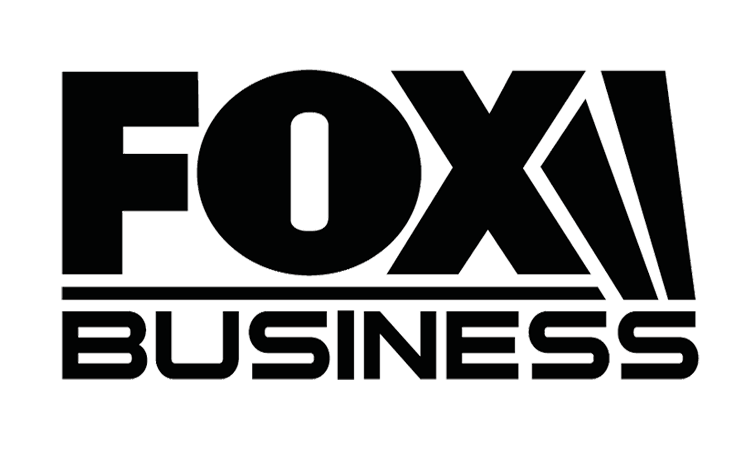Record high pork prices may be behind China’s latest trade concession.
Chinese state-run news agencies said Friday morning that U.S. pork and soybeans will be exempt from additional tariffs. Soybeans make up a large portion of a pig’s diet.
“Based on what I know, Chinese govt encourages Chinese companies to buy certain amount of US farm products, including soybeans and pork, which will also be exempted from additional tariffs,” tweeted Hu Xijin, editor in chief of the state-run Global Times.
Friday’s announcement may seem like a trade concession from China, but there are other forces also at play.
African swine fever has swept across China, causing a 32.2 percent year-over-year drop in the number of live pigs, a Hong Kong-based research team at Citi said in a note sent to clients on Thursday.
They added that the depleted supply caused pork prices to soar by a record 23 percent month-over-month in August to an all-time high of 36 yuan per kilogram in early September, up 76 percent this year.
China is the world’s largest consumer of pork, accounting for 49.3 percent of global consumption, Citi says. Pork makes up 75.4 percent of China’s meat consumption.
“Understanding China’s hog cycle is important, because it matters for both inflation dynamics and social stability and therefore can influence policy actions,” the analysts said.
Beijing has announced several measures to try and contain runaway prices.
On Monday, the Chinese government announced it would offer subsidies of up to 5 million yuan ($700,000) for the construction of large-scale pig farms. Some environmental restrictions were recently removed to encourage more farming.
China’s problems are expected to get worse before they get better.
“Intervention by China’s government to halt the spread of African Swine Fever (ASF) and mitigate its impact on pork prices is proving ineffective,” wrote Singapore-based Capital Economics Senior China Economist Julian Evans-Pritchard on Friday. “Inflation will next year rise above the government’s target for the first time in nearly a decade.”
He predicts Chinese consumer prices will next year peak at over 4 percent, well above the People’s Bank of China’s annual average target of 3 percent.
“This will add to China’s woes, further strengthening the case for easing,” Evans-Pritchard said.
To read the original article: Click here

